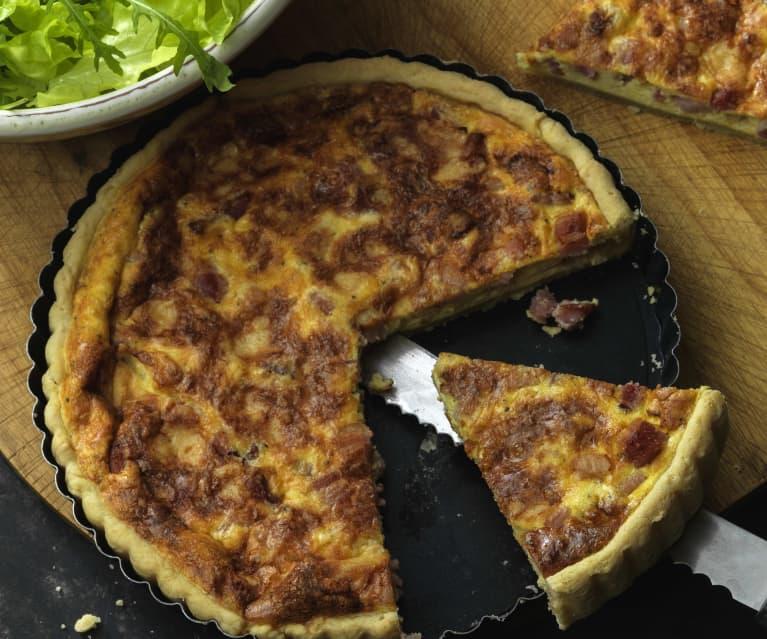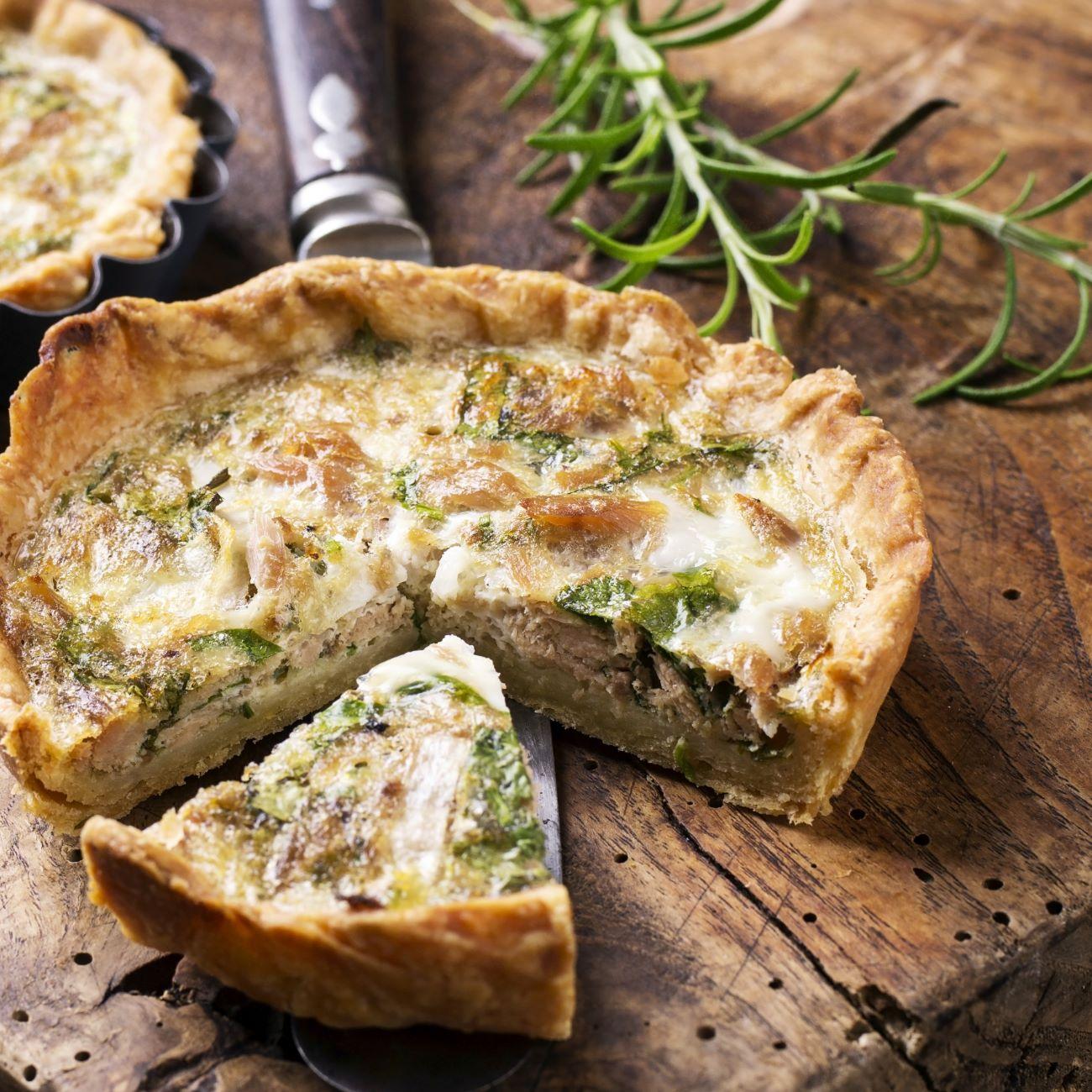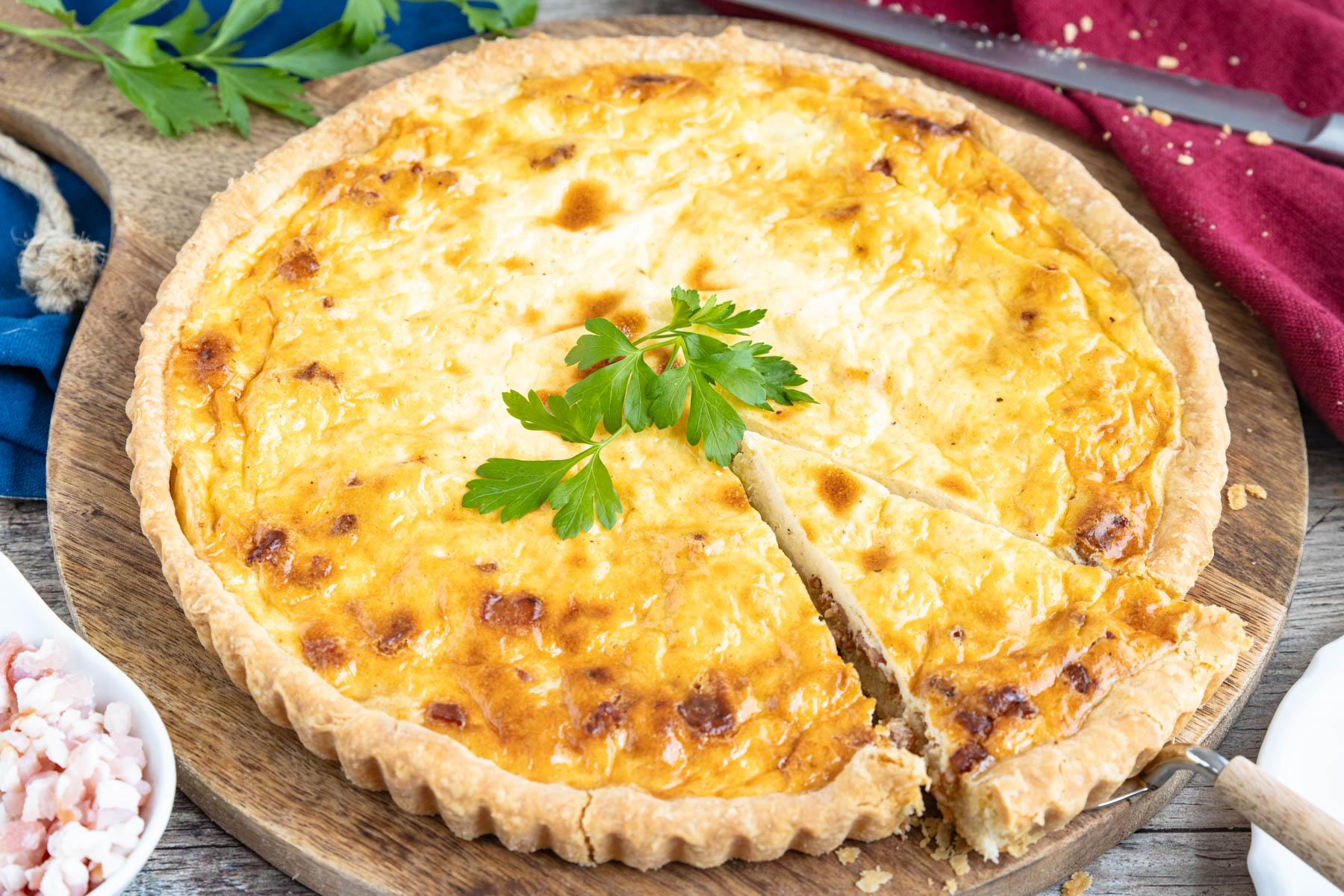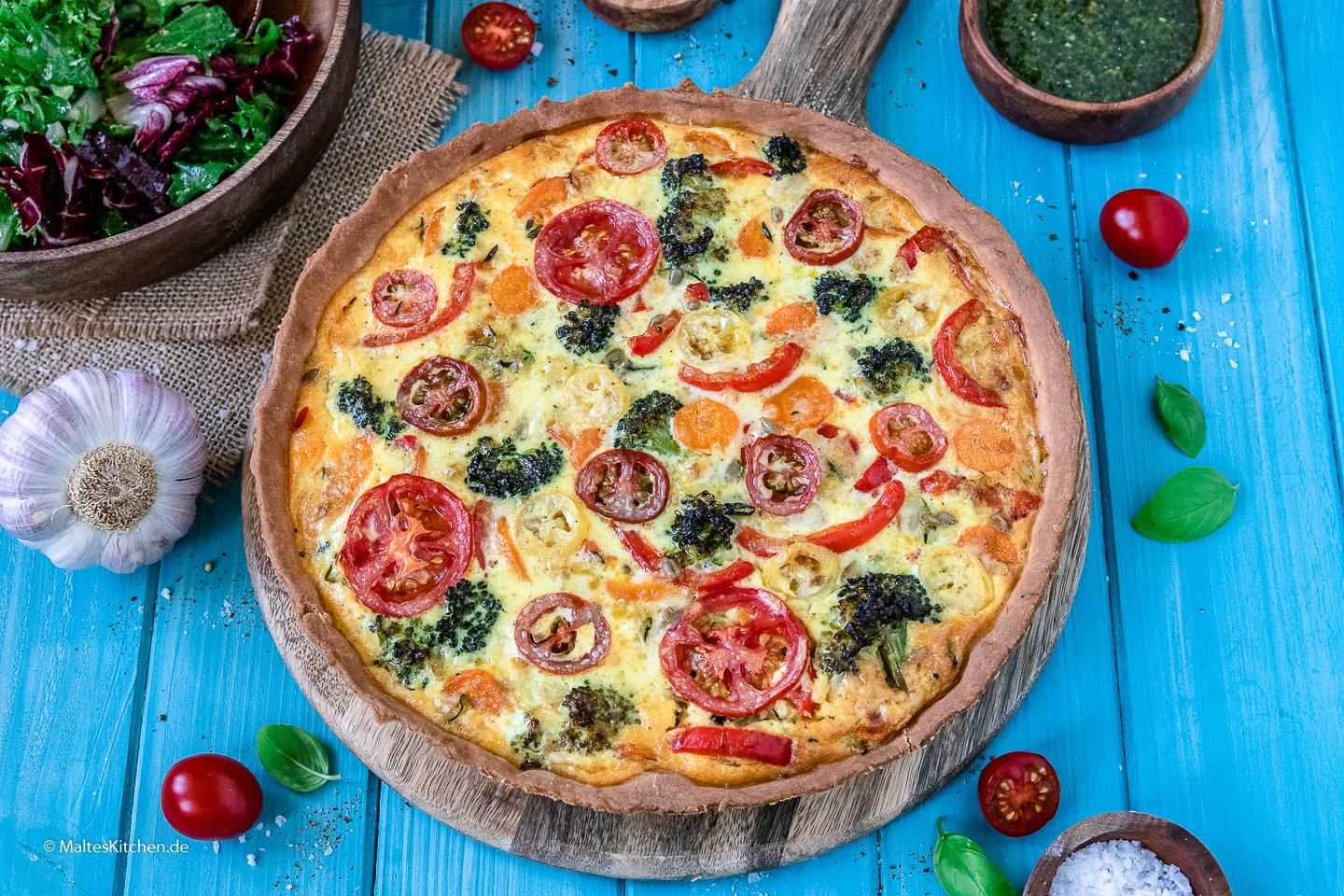Introduction:
Nestled in the heart of French cuisine, Quiche Lorraine stands as a testament to the culinary traditions that have transcended time and borders. This delightful savory pie, with its rich custard filling and golden, flaky crust, encapsulates a harmony of flavors that has captivated palates around the globe. Originating from the picturesque region of Lorraine in northeastern France, Quiche Lorraine beautifully marries simplicity and elegance, making it an enduring favorite for both everyday meals and festive gatherings. in this exploration of its history, ingredients, and variations, we invite you to discover the artistry behind this classic dish and why it continues to hold a cherished place at tables far and wide. Whether enjoyed warm from the oven or served cold as part of a picnic spread,Quiche Lorraine is more than just food; it’s a slice of cultural heritage,lovingly crafted to bring people together.
The Rich History and Origins of Quiche Lorraine
The origins of Quiche Lorraine can be traced back to the medieval German region of Lorraine, where it began as a simple bread dough base topped with cream and eggs. over the centuries,this dish evolved as it transitioned into French cuisine,gaining popularity in the 19th century. what truly sets Quiche Lorraine apart is its harmonious blend of flavors,notably the richness of cream and the savory essence of bacon. Traditionally, the dish is crafted with a flaky pastry crust, wich is an essential component that not only enhances the taste but also complements the custard filling.
As time progressed, variations of this classic dish emerged, incorporating ingredients such as cheese, onions, and vegetables, making it a versatile option suitable for various palates.Though, the signature elements that define the authentic Quiche Lorraine remain rooted in its uncomplicated ingredients, allowing for a celebration of simplicity and quality. Today, it stands not just as a beloved French staple but also as a delightful portrayal of culinary history, bridging the past to modern dining experiences.

Crafting the Perfect Crust: Tips for a Flaky Base
When it comes to achieving that coveted flaky crust, the right techniques and ingredients are essential. Start by chilling your ingredients—cold butter and cold water should be your go-to.Heat is the enemy of a tender crust, so make sure your fat is solid and your water icy. mixing the fat into the flour should be done quickly; you want pea-sized pieces that will melt and create steam when baked, leading to a light, airy texture. Use a light touch when handling the dough to avoid overworking it,which develops gluten and makes the crust tough.
Another tip for a superior crust is to rest the dough after you’ve mixed it. Allowing it to chill for at least 30 minutes gives the gluten time to relax, resulting in a more tender, flaky finish. When rolling out the dough, flour your work surface and rolling pin generously to prevent sticking. If you prefer a little more flavor, consider adding a pinch of salt or sugar to the dough, enhancing the overall taste of your quiche. for a crispy bottom, pre-bake the crust until it’s lightly golden before adding your creamy filling; this will ensure that your masterpiece doesn’t turn soggy. Here are a few rapid tips for your perfect crust:
- Use a food processor for quick blending.
- Incorporate vinegar or lemon juice to enhance flakiness.
- Try blind baking with pie weights for even cooking.

Savory Fillings: Balancing Tradition with Modern Twists
Quiche lorraine embodies the essence of French gastronomy while seamlessly adapting to modern culinary trends. Traditionally filled with a luscious combination of eggs,cream,and crispy lardons,this savory pie is cherished for its rich,comforting flavors. Today,innovative cooks are adding thier own spins,incorporating diverse ingredients such as spinach,mushrooms,or smoked salmon to elevate this classic dish. The possibilities are endless, blending the timeless with the trendy, thus appealing to a wider range of palates.
as the world of gastronomy evolves, so too does the approach to pie crusts. While a classic buttery pastry crust remains popular, experimental alternatives like whole wheat, gluten-free, or even cauliflower crusts have gained traction, catering to health-conscious or dietary-specific diners.This openness to reinterpretation not only revitalizes the dish but also sparks conversation around its cultural importance and place within modern cuisine.
| Traditional Ingredients | Modern Variations |
|---|---|
| Eggs | egg substitute options (tofu, aquafaba) |
| cream | Cashew cream or coconut milk |
| Lardons | Turkey bacon or plant-based alternatives |
| Swiss cheese | Goat cheese or vegan cheese |

serving Suggestions and Pairings for a Complete Meal
To elevate your Quiche Lorraine experience, consider pairing it with a vibrant salad that complements the rich, creamy flavors of the pie. A fresh mixed greens salad tossed with a zesty vinaigrette can provide a refreshing balance. You may also want to include toppings such as candied nuts or cranberries for an added touch of sweetness. Additionally, serving the quiche alongside a light tomato and basil salad can introduce a shining acidity that cuts through the richness beautifully.
For an unforgettable meal, think about your beverage options as well. A crisp, chilled white wine, such as a Sauvignon Blanc or Chardonnay, pairs exceptionally well with Quiche Lorraine, enhancing its savory notes. If you prefer non-alcoholic options, a sparkling water infused with lemon or cucumber will keep the palate refreshed. To conclude your meal on a comforting note,consider a fruit tart or lemon sorbet for dessert,offering a sweet and tangy contrast that’s sure to leave a lasting impression.
The Way Forward
As we close the flavorful chapter on Quiche Lorraine, it’s clear that this French savory pie is more than just a dish; it’s a celebration of culinary tradition and effortless elegance. Whether you’re savoring it at a charming bistro in Paris or preparing it for a casual brunch at home, Quiche lorraine invites you to indulge in its rich, creamy filling and flaky crust.This versatile pie stands as a testament to the beauty of simplicity in cooking while also allowing for endless creativity in the kitchen. So, whether you stick to the classic recipe or venture into innovative variations, remember that each slice of Quiche Lorraine tells a story—one of heritage, warmth, and shared moments around the table.
With its timeless appeal, Quiche Lorraine is not just a dish; it’s an invitation to explore the heart of French cuisine, reminding us that sometimes, the simplest pleasures can leave the most lasting impressions. Bon appétit!